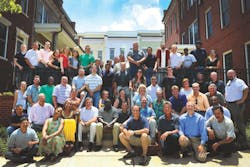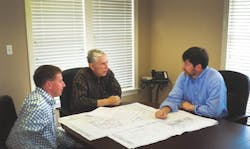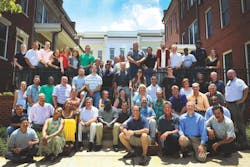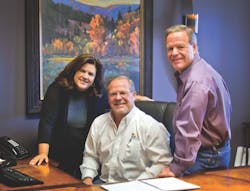Home Building: Striving for Continuous Improvement
What does it take to win a National Housing Quality (NHQ) Award? Plenty, but a common thread among the 2015 NHQ award recipients is that these builders emphatically seek employee participation to improve process and quality management.
DSLD Homes, Denham Springs, La.
DSLD’s Gold is the builder’s second NHQ Award; it won a Silver award in 2012. The company went on to close 1,597 homes in 2013, 43 percent more than the previous year, but Sullivan didn’t apply for NHQ last year.
“We did nothing else better than simply produce more units,” he says.
QUALITY BEST PRACTICES
- Embracing of executive-level communication to staff
- Process-mapping 25 key processes
- DSLD’s consistent customer satisfaction results prompted Woodland, O’Brien & Scott to change its Top Performer expectations for all builders.
EYA, Bethesda, Md.
Examiners praised EYA for using customer information to develop products. The D.C. builder digs into customer satisfaction surveys, solicits open-ended comments, and uses feedback from focus groups composed of previous clients and prospective homebuyers to tweak floor plans and other product aspects. One result of using customer info to develop products was replacing the dining room with open floor plans featuring a bigger living area. Another innovation is a product of the company’s Innovation Generation exercise last year and began by gleaning a need from customers regarding terraces. The company studied how people use rooftops, which led to the development of Little Falls Place in Bethesda, Md., a new townhouse community featuring rooftop terraces with retractable awnings, outdoor fireplaces, and outdoor kitchens.
QUALITY BEST PRACTICES
- Great employee involvement in developing and improving the company’s vision, mission, and values
- Leadership encourages continuous improvement mindset throughout the organization.
- Constant stream of customer feedback is used to improve on a timely basis.
French Brothers, Alamogordo, N.M.
QUALITY BEST PRACTICES
- High customer-satisfaction level with homebuying experience
- Strong team environment: Employees know how individual effort contributes to company success.
- Involving customers in several points of home construction ensures the quality they expect.



